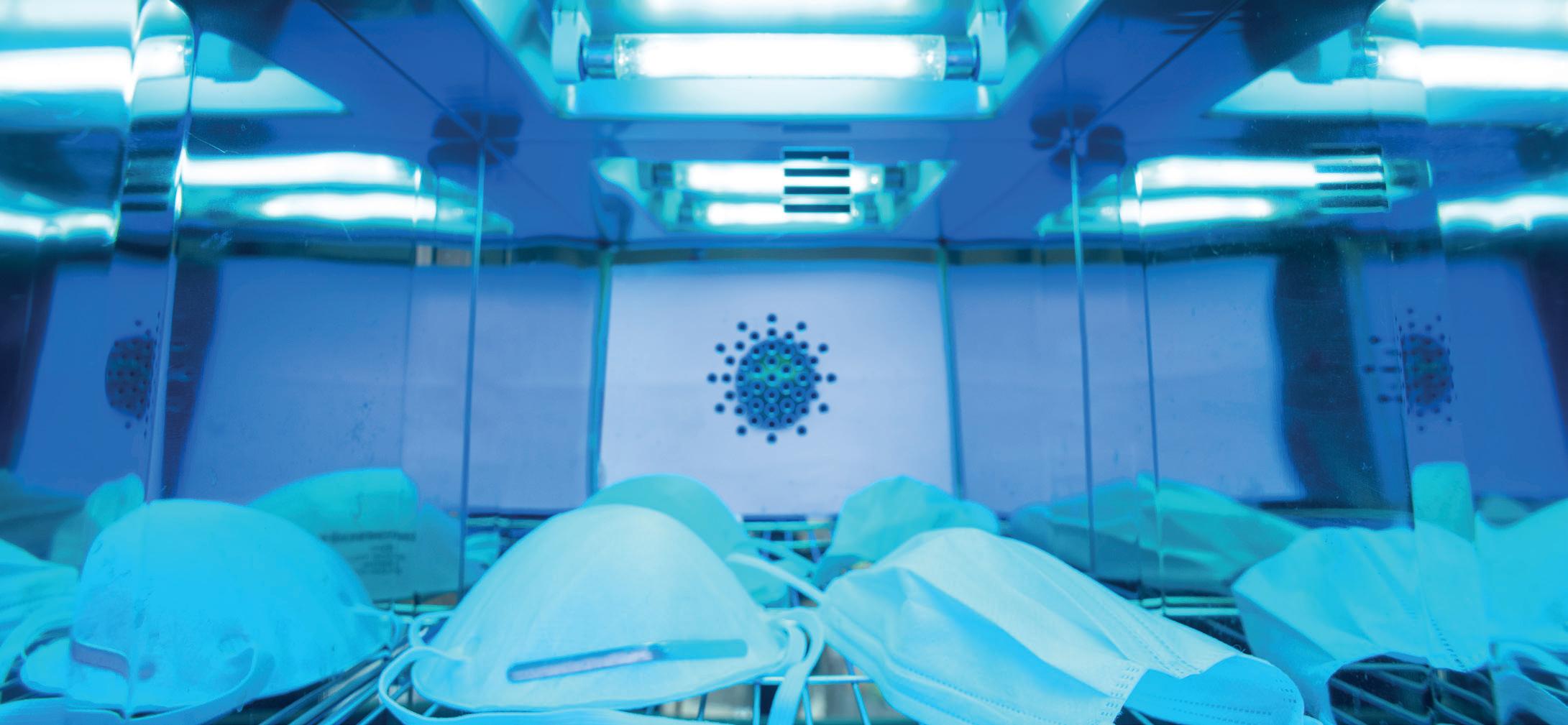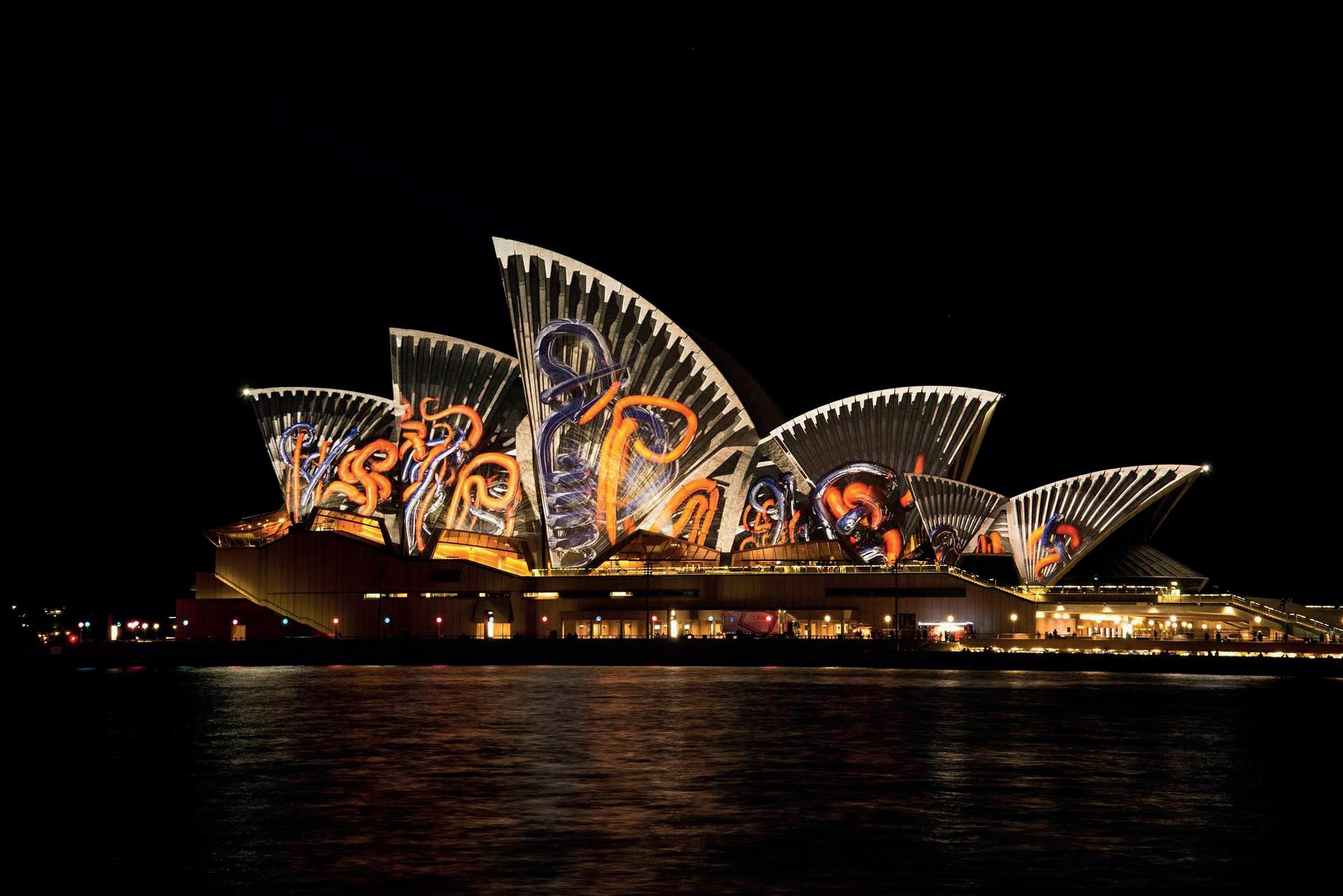Research: spectral optimisation
September/October 2020
ON THE RIGHT WAVELENGTH Alp Durmus outlines the concept of an adaptive optimisable lighting system and examines the applications orldwide energy consumption contributes to two of the biggest challenges facing humanity: resource scarcity and climate change. Pressured by the increasing energy demand of a growing population, governments, manufacturers and the lighting industry have been tackling this issue by promoting energy-efficient light sources, such as solid-state lighting (SSL) devices. SSL devices offer several advantages over previous lighting technologies, such as compact size, longer lifetime, directionality, high efficacy, ease of control of light output and high colour quality. However, one of the most significant contributions of SSL devices could be considered system and control compatibility due to their semiconductor nature. Generating light through semiconductor devices introduced us to a whole new range of capabilities, generally known as smart lighting. Smart lighting is a growing industry with the potential of reaching a market value of US$21bn by 20231. A smart lighting system aims to reduce the energy consumed by lighting by sensing environmental factors (for example, occupant presence) and controlling the light output (for example, dimming). The earlier smart lighting applications were rudimentary in terms of the light output control and integration of sensor data, but an increasing number of different technologies has been proposed to resolve connectivity and control issues. Despite the complexity of intelligent lighting systems, the basic functions are very simple: quality lighting, user satisfaction and energy efficiency. Lighting quality and energy efficiency can
W
8
be measured through the physical properties of a light source. The spectral power distribution (SPD, aka spectrum) is the radiant power emitted from a light source as a function of wavelength. It is possible to calculate the colour quality of light sources, such as chromaticity (for example, CCT, Duv, chromaticity coordinates) and colour rendering metrics (CRI, ANSI/IES TM-30), as well as energy efficiency (or the luminous efficacy of radiation) using light source SPD. The colour appearance of an object is a product of interactions between the light source spectrum, the object’s spectral reflectance and the human visual system. An object reflects some of the incident light on its surface, and the reflected light reaches observers to be perceived as the colour of the object. However, the light that is not reflected is absorbed by the object and turns into heat; it is wasted for lighting purposes. Since the output of the SSL devices, such as LEDs, can be adjusted, it is possible to create a lighting system by optimising the light source SPD to reduce the amount of light absorbed by objects. For example, a red object reflects light in the longer wavelengths (perceived red), but the shorter wavelength radiation (perceived blue) is absorbed by the object. Therefore, eliminating the light absorption by not emitting the short wavelengths can tremendously increase energy efficiency. A spectrally optimisable absorptionminimising lighting system consists of sensors that detect the 'colours' (reflectance characteristics) of objects and emit optimised light to each coloured part of an object, as shown in Figure 1. Although a 3D real-time implementation of this
concept would be the ultimate goal, an early adaptation of such a lighting system could be used for illuminating 2D structures, such as paintings and facades.
ARCHITECTURAL APPLICATIONS: SAVING ENERGY Earlier investigations of the absorptionminimisation concept were based on computational simulations that identify the maximum theoretical energy savings. These simulations were not limited to the commercially available light source SPDs. Results indicate that the energy consumed by lighting to illuminate a series of coloured test samples could be reduced by up to 71 per cent if theoretical light source SPDs with two spectral peaks were generated2. Energy savings gained by light optimisation did not compromise the colour quality of the objects. In this study, reflectance characteristics (object colours) were
ď ą F ig 1: a spectrally optimisable lighting system can detect the colours of objects through a sensor (top right corner) and emit optimised lighting to each coloured part of an object in the environment
sll.org.uk





